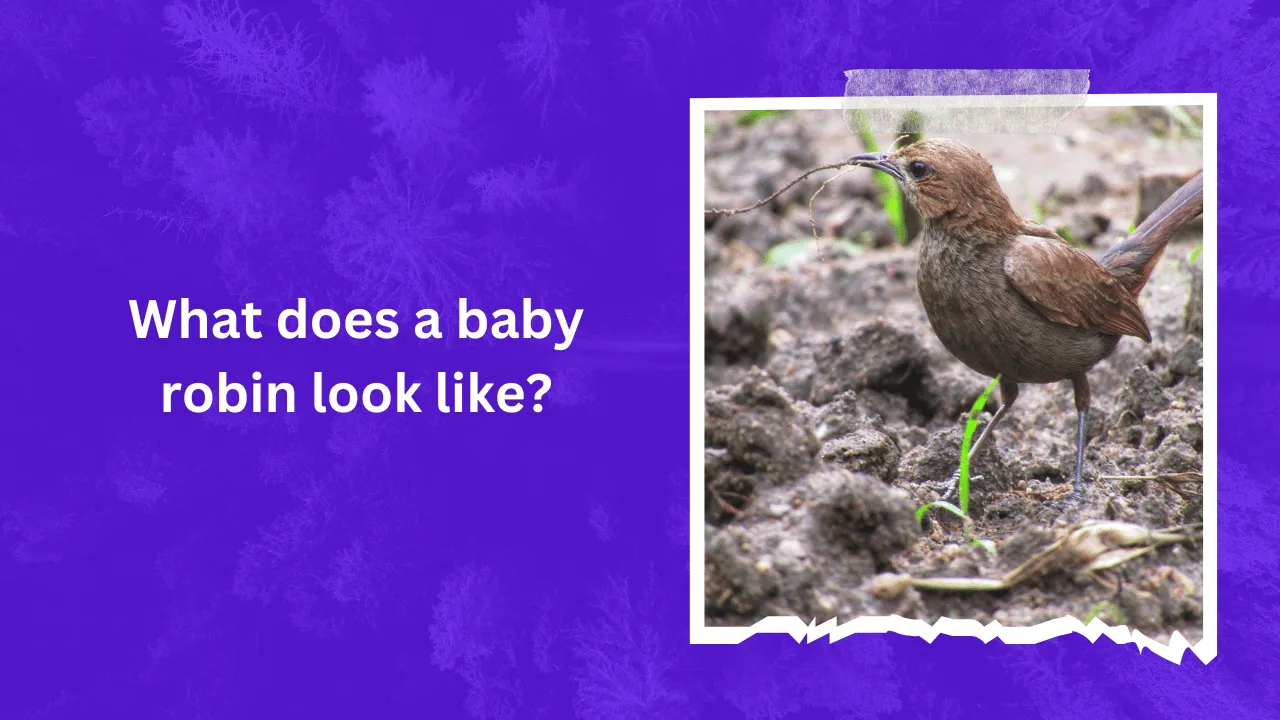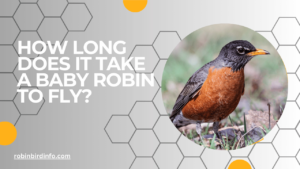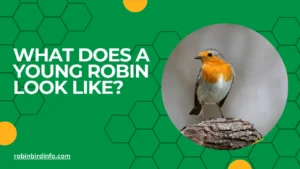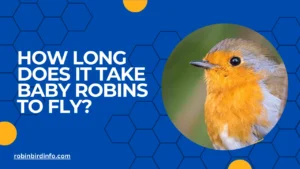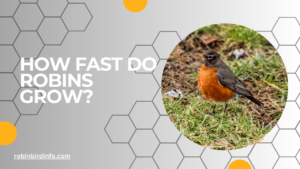We all know the cheerful sight of a Robin perched on a branch, its red breast a beacon in the spring sunshine. But have you ever peeked into a Robin’s nest?
The sight that greets you might surprise you – it’s a far cry from the fluffy, feathered chick you might be expecting.
Baby Robins, also known as nestlings, are a marvel of rapid transformation. They undergo an incredible journey in just a few short weeks, morphing from tiny, vulnerable creatures into independent birds ready to take flight.
Understanding the different stages of a baby Robin’s development isn’t just about satisfying your curiosity – it can help you appreciate the incredible parental care Robins provide and the challenges these little ones face in their journey to adulthood.
So, are you ready to peek into the fascinating world of baby Robins? Buckle up, because we’re about to crack open the secrets of their surprising appearance and the amazing transformation that awaits them!
Contents
Hatching Process
A Robin egg is a marvel of nature, encased in a hard, protective shell. Inside the shell lies the yolk, a nutrient-rich food source for the developing embryo. As the embryo grows, it absorbs the yolk and develops into a tiny, featherless chick.
The hatching process is a remarkable feat of engineering. The chick inside the egg uses a special tooth-like structure on its beak to crack the shell. With persistent pecking, the chick eventually breaks free, emerging into the world.
Nestling Stage
A newly hatched Robin chick is a small, vulnerable creature. It is naked, blind, and completely dependent on its parents for survival. Its body is covered in sparse, downy feathers that provide minimal insulation.
Robin nestlings grow rapidly, gaining weight and size at an astonishing pace. Their feather development is a fascinating process. Initially, they are covered in downy feathers, which provide warmth and insulation. As they mature, these downy feathers are gradually replaced by adult feathers, enabling them to fly.
Feeding and Parental Care
Both parent Robins work tirelessly to feed their young. They bring a variety of insects, worms, and berries to the nest. The parents regurgitate this food into the mouths of the hungry nestlings.
As the nestlings grow, they become more demanding, and the parents must work harder to keep up with their appetite. The parents continue to feed and protect their young until they are ready to fledge.
Fledging and Independence
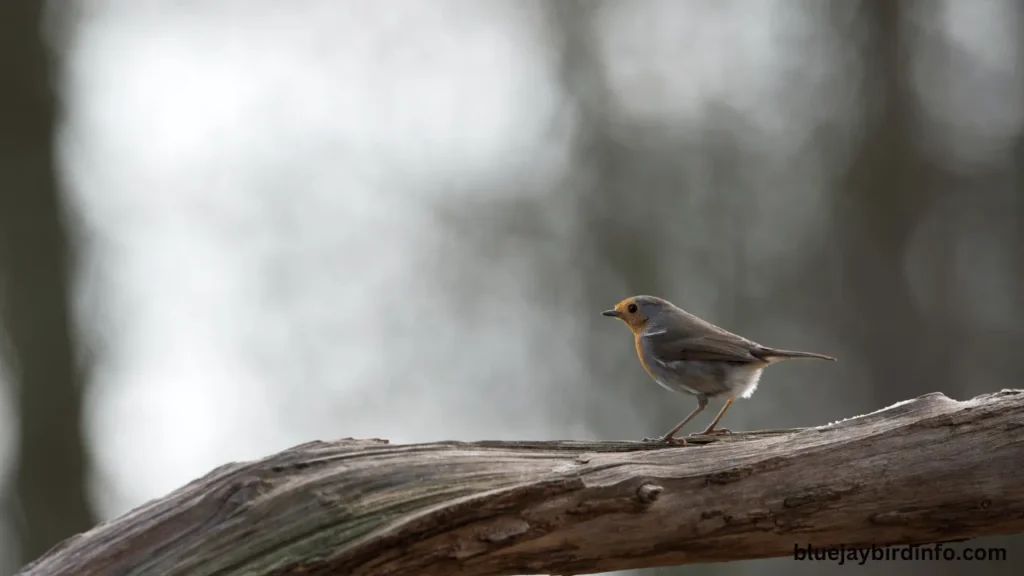
As Robin nestlings grow, they begin to flutter their wings and practice hopping. They also spend more time perching on the edge of the nest, preparing for their first flight.
The first flight is a significant milestone in a Robin’s life. It requires courage and skill, as fledglings must overcome their fear of heights and master the art of flying.
Even after fledging, young Robins continue to rely on their parents for food and protection. However, they gradually become more independent, learning to forage for themselves and avoid predators.
Conservation and Threats
Habitat loss is a major threat to Robin populations. The destruction of forests and woodlands can reduce the availability of nesting and foraging sites.
Predation is another significant threat to Robin nestlings. Cats, snakes, and other predators can prey on eggs, nestlings, and fledglings.
Climate change can also impact Robin populations. Changes in temperature and precipitation patterns can affect the timing of breeding, migration, and food availability.
Conclusion
The development of a baby Robin is a remarkable journey, from a tiny egg to a fledgling ready to take flight.
By understanding the challenges faced by these young birds, we can appreciate the importance of protecting their habitats and conserving their populations. By creating bird-friendly environments and minimizing human impact, we can help ensure the survival of these beloved creatures.
FAQ’s
How long does it take for a Robin egg to hatch?
It typically takes about 12-14 days for a Robin egg to hatch.
What do baby Robins eat?
Baby Robins are fed a diet of insects and worms by their parents. The parents regurgitate the food into the mouths of the nestlings.
How long do baby Robins stay in the nest?
Baby Robins typically stay in the nest for about 13-15 days before fledging.
What happens to baby Robins after they leave the nest?
After fledging, baby Robins continue to rely on their parents for food and protection for a short period. They gradually become more independent and learn to forage for themselves.
What are the common threats to baby Robins?
Baby Robins face several threats, including predation by cats, snakes, and other birds of prey. Adverse weather conditions, such as heavy rain or extreme cold, can also harm nestlings.
How can I help protect baby Robins?
You can help protect baby Robins by providing a safe and welcoming environment in your yard. Avoid using pesticides, as they can harm insects that Robins rely on for food. Additionally, you can install birdhouses to provide nesting sites for Robins.

